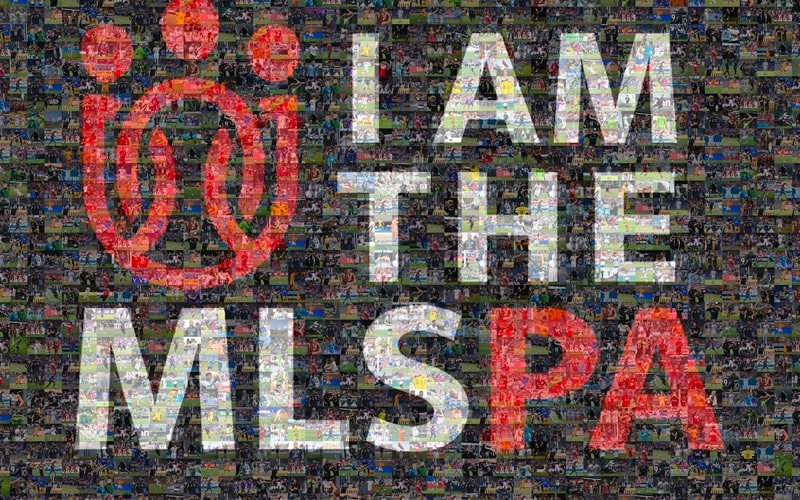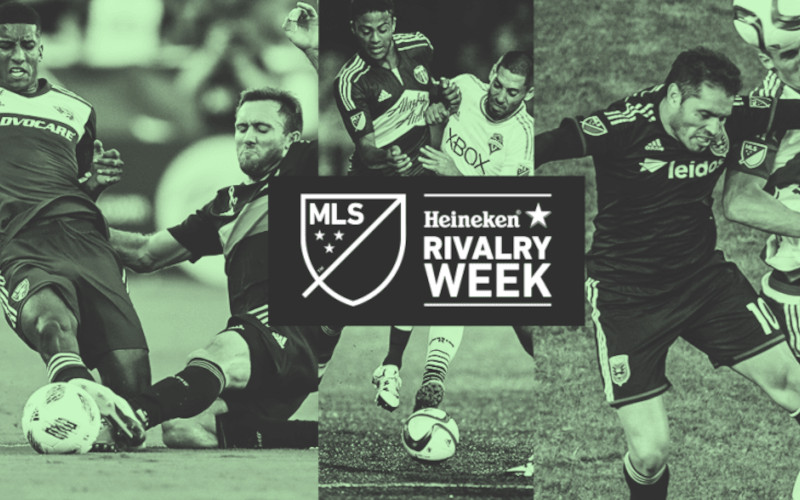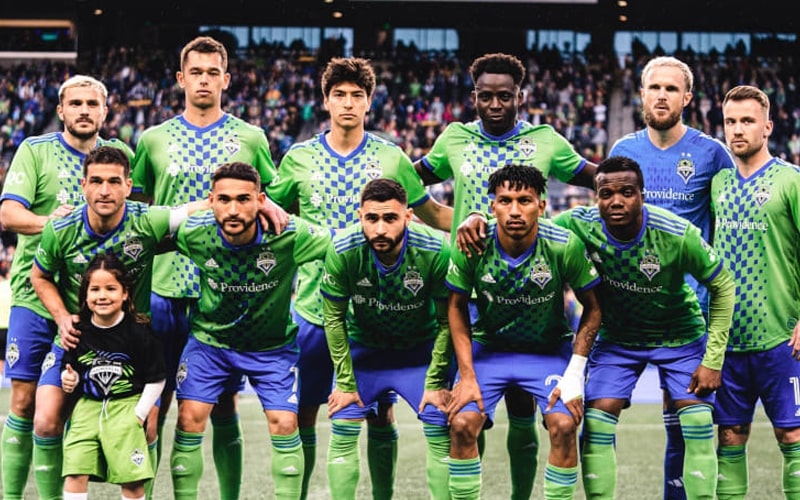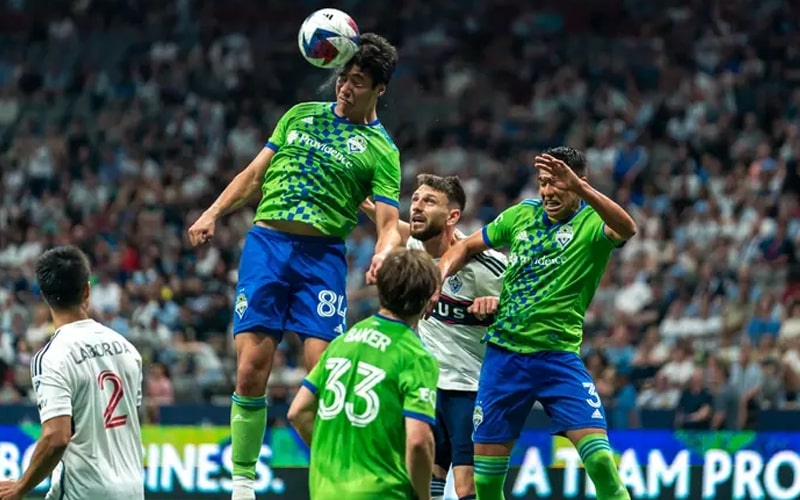The unique dynamics between Major League Soccer (MLS) and the MLS Players Association (MLSPA) have shaped the growth of the league since its inception. This complex relationship between the league’s ownership and its players holds great influence over everything from salaries to free agency. Understanding MLS labor relations offers key insights into the league’s past, present and future path.
Origins of the MLSPA
Founded in 1996 alongside MLS itself, the MLSPA is the labor union representing all MLS players. Its formation was a requirement for launching MLS, as antitrust legal protections necessitated unionization.
Key events in the early MLSPA’s formation include:
- Hiring Bob Foose as the union’s first Executive Director in 1997 to lead negotiations.
- Legal battles to secure recognition from MLS as sole representative of all players.
- Having just 160 members in the union initially – a far cry from over 700 today.
- Lacking access to MLS financials, making it difficult to justify demands.
Despite initial struggles for legitimacy, laying the MLSPA groundwork was an important step as MLS looked to learn from failed soccer leagues in the USA.
2001 CBA – Setting Early Precedents
In negotiating its first collective bargaining agreement (CBA) with MLS in 2001, the MLSPA had to balance ambition with the risk of derailing the six-year-old league.
Key aspects of the deal included:
- Minimum and maximum player salaries to provide a pay floor and structure.
- Free agency for certain veterans, beginning the dismantling of strict MLS control over players.
- Greater ability to appeal contract disputes to neutral arbiters.
- 401(k) plans and other basic benefits familiar in American pro sports.
While modest compared to today, this inaugural CBA established that MLS would need to cede some control over soccer careers to players in order to grow.
2004 CBA – Avoiding a Strike
Contentious negotiations in 2004 pushed the league and Players Union to the brink of a strike, before a last-gasp deal.
Key gains for players included:
- Higher salary minimums and the introduction of guaranteed contracts. This provided greater income security.
- Improved free agency to let veterans change clubs after completing contracts.
- 401(k) employer matching and other benefit expansions.
- Greater revenue transparency from MLS around finances, forecasts and player valuation data.
This narrow avoidance of a work stoppage demonstrated the slow evolution of mutual understanding between the two bodies.
2010 CBA – Incremental Change
The 2010 CBA produced modest, if unspectacular improvements including:
- More guaranteed contracts and higher minimum salaries as revenues grew.
- Expanded free agency eligibility, though still restricted compared to overseas.
- A limit on unilateral contract extensions by MLS during injury periods.
- Reduced restrictions on USL loans to aid playing time.
While representing progress, critics felt this CBA reinforced MLS’ tight control over players. But the league argued restrictions maintained financial stability.
2015 CBA – Free Agency Breakthrough
The 2015 CBA produced a breakthrough as MLS conceded to MLSPA demands for greatly enhanced free agency after a tense standoff:
- Free agency granted for out of contract players 28+ with 8 MLS years’ service. A massive gain.
- Salary growth mechanisms tied directly to defined league revenue markers to align incentives.
- Greater transparency around player compensation and contract reporting to reveal market value.
- Enhanced moving and relocation allowances.
This partial capitulation to core MLSPA demands showed the balance of power now shifting towards players as the league hit 20 teams and new money flowed in.
2020 CBA – COVID Crisis Sparks Tension
The unprecedented disruption of COVID-19 strained MLS-MLSPA relations during fraught 2020 CBA talks against the backdrop of suspended play:
- MLS pushed for pay cuts citing financial damage from the pandemic – players resisted.
- A force majeure clause allowing either side to reopen CBA during crises proved controversial.
- A deal temporarily reducing salaries avoided a lockout but frayed the relationship.
- More free agency gains were made for younger players – a sign of progress amidst tension.
Navigating the pandemic crisis together exposed lingering mistrust on both sides despite 25 years of CBA history, showing more work lies ahead.
Ongoing Challenges in the Relationship
Several inherent structural challenges continue to define the complex dynamic between the league and its players:
Contrasting Perspectives
Owners take a long-term, business-focused view wanting stability and controlled costs to grow the league. Players have short-term motivations to maximize compensation during their careers. Short-term sacrifices benefit owners decades later.
Lack of True International Competition
The absence of rival leagues for talent somewhat limits player leverage compared to top soccer nations where competition is fierce. Restrictions MLS defends as needed for financial security draw less criticism in light of no external force pressuring change.
League Parity vs. Career Ambition
MLS points to vital mechanisms like salary caps and allocation as ensuring competitive balance. But players make the case restrictions on movement curtail ambition and suppress market wages artificially compared to global soccer.
Lingering Distrust
Progress made through successive CBAs has not eliminated a sense among players that MLS still aims to exert control over their careers. The league retaining unilateral power to modify aspects of contracts against player will continues generating charges of overreach. From MLS’ perspective, staying solvent necessitates broad powers.
Perception of Progress
MLS emphasizes CBAs continually move the needle towards greater free agency and higher salaries, prioritizing sustainability over rapid change. But players grow frustrated with incremental evolution at a time of explosive MLS growth and swelling revenues, demanding more rapid liberalization now.
These tensions will continue providing the backdrop for future CBA renewals as MLS matures.
What’s Next for Labor Relations?
Upcoming challenges in the ever-evolving MLS-MLSPA relationship could include:
- Hardening or softening the force majeure clause after its 2020 unveiling sparked acrimony.
- Continuing to expand free agency towards unrestricted global soccer norms to satisfy players.
- Mitigating wide revenue disparities between clubs through greater sharing or a luxury tax system.
- Providing lifetime health insurance and improved maternity benefits aligned with other US leagues.
- Enabling more rapid growth in salaries tied directly to skyrocketing expansion fees and media rights.
- Increasing individual marketing and branding opportunities for star players.
While friction will persist given the inherently contrasting motives, the overall trajectory of the MLS-MLSPA relationship points towards greater player freedom and power over time. But expect tense negotiations as the league’s tight grip evolves incrementally towards global standards.
Conclusion
From tentative beginnings in 1996 to modern complex negotiations between seasoned veterans, the maturing relationship between MLS and its players continues bending the future arc of the league.
Greater public pressure for global free agency norms means the players hold increasing leverage as MLS popularity swells. But owners will continue pointing to the league’s youth and financial constraints relative to overseas rivals when arguing for caution.
A quarter century of ups and downs has built reservoirs of goodwill and mistrust on both sides in equal measure. But the longevity of league and union provides hope for a stable relationship that serves both partners – and fans – in the journey ahead.




